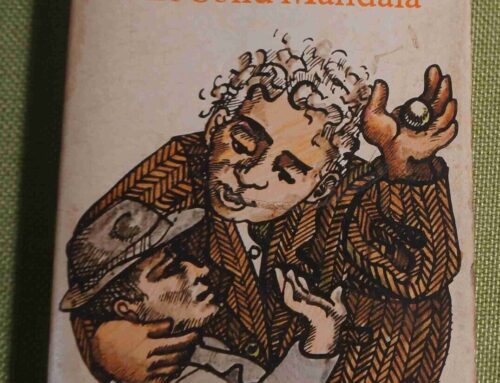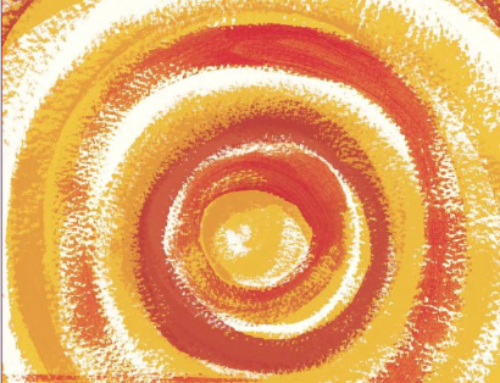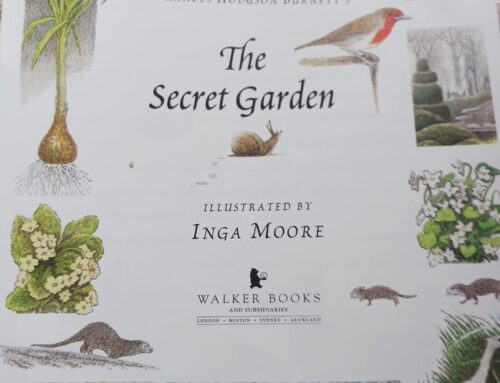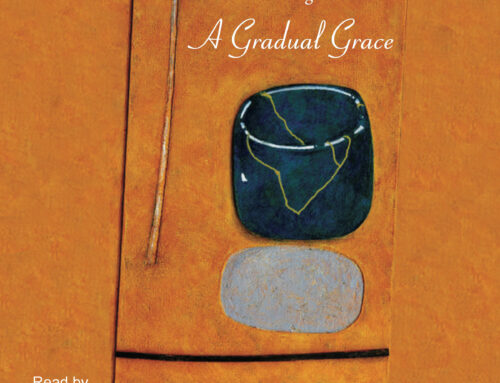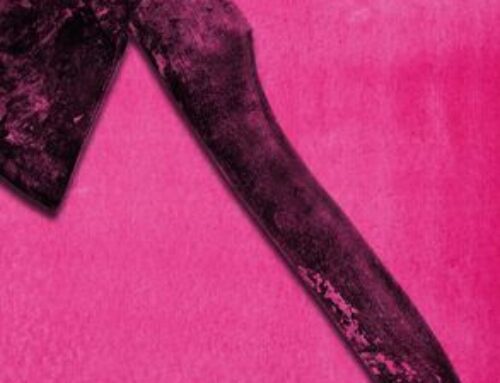The Diary of a Young Girl by Anne Frank, definitive edition.
I read Anne Frank’s diary many years ago. It always stayed in my mind, and lately, I’ve been reading stories of people trapped in hidden places, attics, secret rooms, labyrinths etc. So, holding Anne Frank’s story as an archetypal one, I returned to it. The edition I read is the definitive one, first published in 2001. In this edition, Anne’s father Otto has restored the passages he’d previously censored – about Anne’s conflicted relationship with her mother and her exploration of her sexuality.
What an extraordinary story, written over two years, beginning just before Anne and her family, together with another family and a single man, went into hiding in the top two floors and an attic of the building her father’s office was in. The move was in response to a phone call from the SS commanding Anne’s older sister, Margot, to go into a work camp in Germany.
From a boisterous, chatty, playful 13-year-old, Anne matures into a thoughtful, deeply self-aware, ethically sophisticated young woman over the two years of their secret life. Yet she is, as she acknowledges towards the end of the diary, “a bundle of contradictions.” In her last entry, dated 1 August 1944, two months after the Allied invasion of occupied France, she explains what she means by this. “I’m split in two. One side contains my exuberant cheerfulness, my flippancy, my joy in life and, above all, my ability to appreciate the lighter side of things…. This side of me is usually lying in wait to ambush the other one, which is much purer, deeper and finer. No one knows Anne’s better side, and that’s why most people can’t stand me. … My lighter, more superficial side will always steal a march on the deeper side and therefore always win.” She goes on to explain she hides her true self because she is afraid people will mock her and not take her seriously.
How sophisticated! It is as if this forced incarceration with seven other people and without any external stimuli other than glimpses of the outside world through veiled, dirty windows and news brought by the heroic Dutch people who shield their hiding place and bring them supplies of food has been like a hothouse, accelerating her growth and blossoming. The tragedy is that this flowering was to be captured by the Nazis and crushed when liberation was almost a reality.
This, for me, is a shining example of memoir writing and of the ‘bildungsroman’ or coming of age story. A book to be read and discussed and shared by young and old, with many profound truths about peace, war, tolerance, love, youth, and justice.
I have ordered the 2009 BBC miniseries, and look forward to a visual and auditory immersion in Anne’s remarkable story.
